As a rehab coach who’s logged 10+ years in clinics, locker rooms, and one too many 3 a.m. text consults, here’s the short version: A Speedy Recovery is about timing, sleep, food, and tiny smart moves. Not magic. In my experience, when people want fast healing, they either do nothing (Netflix + vibes) or everything (ten supplements, zero plan). I live in the boring middle that works. And yes, we’ll keep it simple so you can actually use it today.
What Actually Helps You Recover Faster

I keep four pillars. They’re not sexy, but they win:
- Sleep: Deep, consistent sleep turns on repair like a factory overnight.
- Protein + anti-inflammatory food: Eggs, fish, yogurt, beans, berries, olive oil. Real food. Often.
- Smart movement: Gentle range-of-motion, light walking, breathwork. Keep the system moving without poking the bear.
- Boundaries: Don’t chase pain. Don’t test it every five minutes. You’re not proving anything.
If you want my rough notes from this month’s cases and what actually shaved days off timelines, I dumped them in my September 2025 notebook here: September 2025 notes.
My 48-Hour Rule for Fast Healing
Here’s the play I’ve run for years. It’s simple. It works more often than not.
- Hours 0–12: Offload. You rest. Hydrate. Eat protein. Compression if it’s a joint. No hero workouts.
- Hours 12–24: Gentle motion. 5-minute walk. Ankle circles. Diaphragm breaths. Pain stays under a 3/10.
- Hours 24–48: Short bouts of activity. 10 minutes on, 2 off. Heat before movement, ice after if swollen.
- After 48: Add light strength. If pain spikes or swelling grows, step back one phase. Not complicated.
Quick Decision Table: What to Do Right Now
| Problem | Do Now | Why | Time Box |
|---|---|---|---|
| Mild ankle sprain | Compression, elevation, ankle ABCs | Reduces swelling, keeps motion map alive | 5 minutes, 3–4x/day |
| Post-op stiffness | Heat, gentle range, protein snack | Warms tissue, fuels repair | 10 minutes morning + evening |
| Head cold | Fluids, sleep, light walk, honey/tea | Helps mucus clearance, immune support | Two short walks, 10–15 min |
| Back tweak | Short walks, pelvic tilts, no heavy lifts | Keeps blood flow, avoids spasm cycle | 5–8 minutes, every few hours |
If you like history and the old-school term for this rest-and-restore phase, the word is “convalescence,” and yes, it’s still a thing: what convalescence actually means.
Rest vs. Movement: Finding the Right Balance
I’ve always found that early gentle movement beats bed rest almost every time. Not crazy movement. The kind you can do while holding a coffee. Here’s my rule: if it calms pain or keeps it the same, you keep it. If it spikes symptoms, you pull back. This is the boring science part nobody shares on TikTok because it doesn’t get likes.
For folks who like sport-specific case studies, I break down patterns I see in pro hoops every week here: WNBA injury report playbook.
Foods That Speed Up Recovery
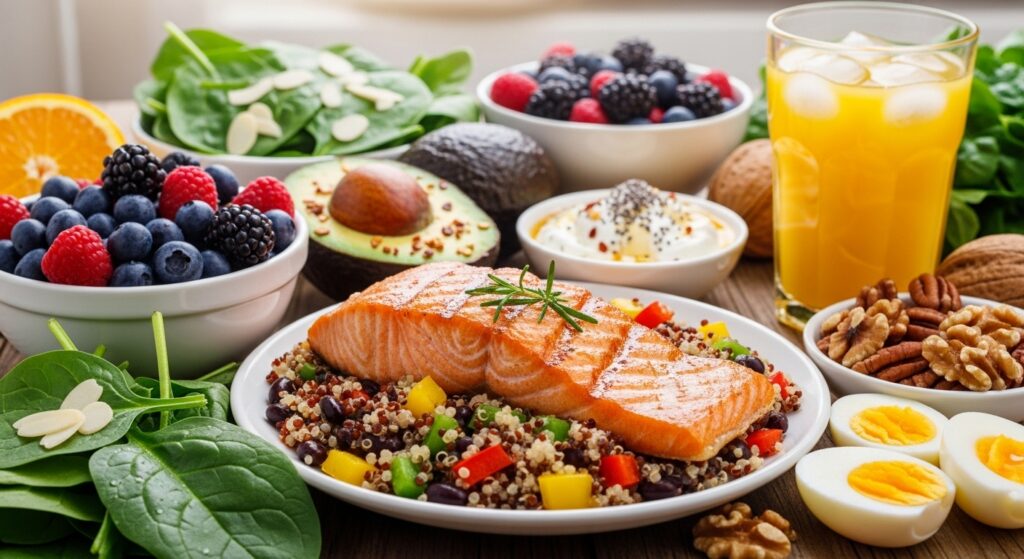
What I think is: you don’t need 14 powders. You need protein, color, and salt. Protein for building blocks. Color (fruits, veg) for antioxidants. Salt because when you’re sick or hurt, you often under-eat and under-hydrate and your blood pressure dips. Eating helps you recover faster.
- Protein: eggs, Greek yogurt, chicken, tofu, lentils.
- Fats: olive oil, avocado, nuts. Keep inflammation in check.
- Carbs: rice, oats, fruit. Fuel for repair and sleep.
- Extras: turmeric, ginger, garlic. Helpful. Not magic.
The NHS has a clear, no-fluff guide on “enhanced speedy recovery” after surgery that lines up with what I teach: enhanced recovery basics.
Hydration, Sleep, and Sunlight: The Free Medicine
People roll their eyes until this actually works. Three easy wins:
- Hydration: clear urine by midday. Add a pinch of salt and a squeeze of lemon to water if you feel flat.
- Sleep: aim for 8–9 hours for a week. Dark, cool room. Phone out of reach. You’re not missing anything.
- Sunlight: 5–10 minutes in the morning helps circadian rhythm. Yes, even through clouds.
I keep running logs with mini case studies. If you want the longer trail of my notes, check the older posts here: older posts and logs.
How to Know When to Push or Chill
In my experience, I use a simple traffic-light test:
- Green: Movement feels good during and after. No swelling spike. Next day is fine. Add a little.
- Yellow: Slight increase in pain, but it settles within an hour. Stay at the same dose.
- Red: Pain jumps 3+ points, swelling increases, or range drops. Back off one step for 24–48 hours.
That’s it. No vibe-based decisions. No “I’ll just test a heavy set to see.” Please don’t.
I keep an August archive where I tracked a bunch of rehab micro-doses and what actually moved faster: August 2025 rehab log.
Common Recovery Mistakes (and How to Avoid Them)
- All gas, no plan: You add five things in one day and can’t tell what helped.
- Hunting for pain: Poking the sore spot every hour. Stop auditioning the injury.
- Under-eating: Healing is expensive. Feed it.
- Skipping breathwork: Slow, nasal breaths turn down your stress response. You heal better when calm.
- Sitting still for days: Swelling hangs around. Joints get sticky. Move a little.
I’ve had clients ask if the “old way” of long bed rest is better. Short answer: not really. The body likes gentle load and gradual activity during speedy recovery: An idea that’s been around for ages under that word I mentioned earlier: convalescence explained.
Post-Surgery Recovery Checklist
When I get a fresh post-op text—“What do I do tonight?”—I send this:
- Protein every 3–4 hours the first few days.
- Water bottle in hand, always.
- Med schedule written down. Alarms on. No guessing.
- Move something every hour you’re awake: ankle pumps, shoulder rolls, calf squeezes.
- Sleep early. Nap if your body asks. Don’t fight it.
If you want a formal version of this approach, the NHS “enhanced speedy recovery” page puts it cleanly and backs up what I’m ranting about: how hospitals speed recovery.
Quick Wins You Can Try Today
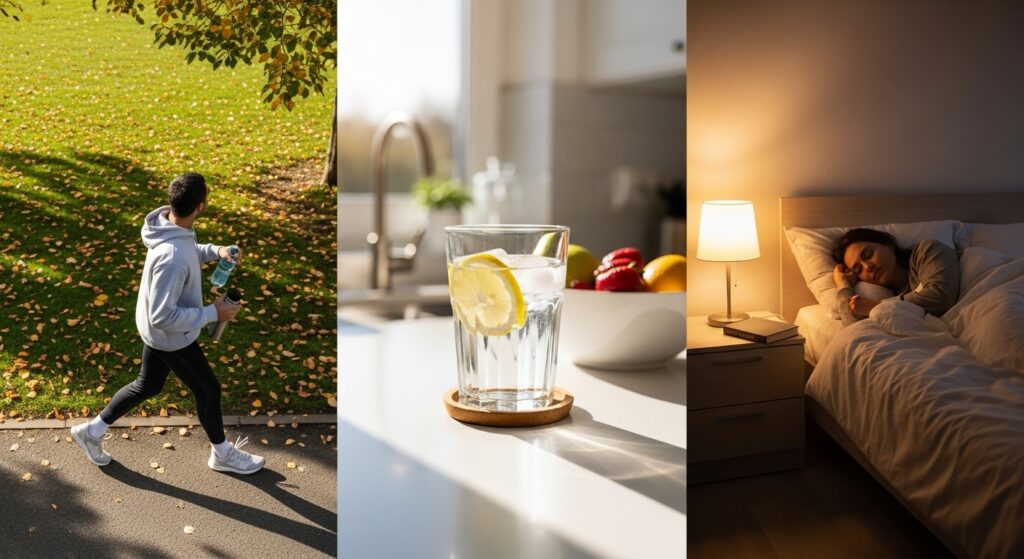
- 10-10-10 walks: Three 10-minute walks spread across the day.
- Protein bookends: Protein with breakfast and before bed.
- Heat then move: Warm up the area, do gentle range for 5–8 minutes.
- Compression + elevation: For puffy joints. It matters more than you think.
- Night routine: Lights down one hour before bed. No doom scroll. Your body will thank you.
If you’re the type who likes to compare patterns month to month, I keep a running list of small experiments here: September notes and tweaks.
When to Stop DIY and See a Professional
Red flags: new numbness, severe unrelenting pain, fever with joint swelling, calf pain with swelling, chest pain, shortness of breath. If one of those shows up, you press pause on the home program. Get checked. Not optional.
If you want me to peek at your plan, you can always drop a quick note here and I’ll get back when I’m off the floor: contact me.
My Take on Supplements (Short and Honest)
Creatine helps some folks. Vitamin D if you’re low. Magnesium glycinate can help sleep. Fish oil if your diet lacks fatty fish. Past that? The glow comes from food, sleep, and progressive movement. I’ve never seen a pill beat a solid plan.
How to Make Recovery Habits Stick
I use a tiny checklist on the fridge:
- 3 walks done
- Protein at breakfast, dinner
- Hydration: clear by noon
- Movement snack x3
- Lights down 60 minutes before bed
That checklist beats motivation. Because motivation is cute until it rains.
I’ve got more notes and oddball stories from the field if you like the messy human side of rehab: more stories and case notes.
The Power of Language and Realistic Timelines
Be careful with the words you use. “Broken.” “Torn.” “Ruined.” Your brain listens. I prefer “irritated,” “healing,” “regaining strength.” Timelines aren’t promises; they’re weather forecasts. You check, adjust, carry on. That’s how a speedy recovery actually happens in real life—quietly, over many good small days.
FAQs: Fast Recovery and Healing Basics
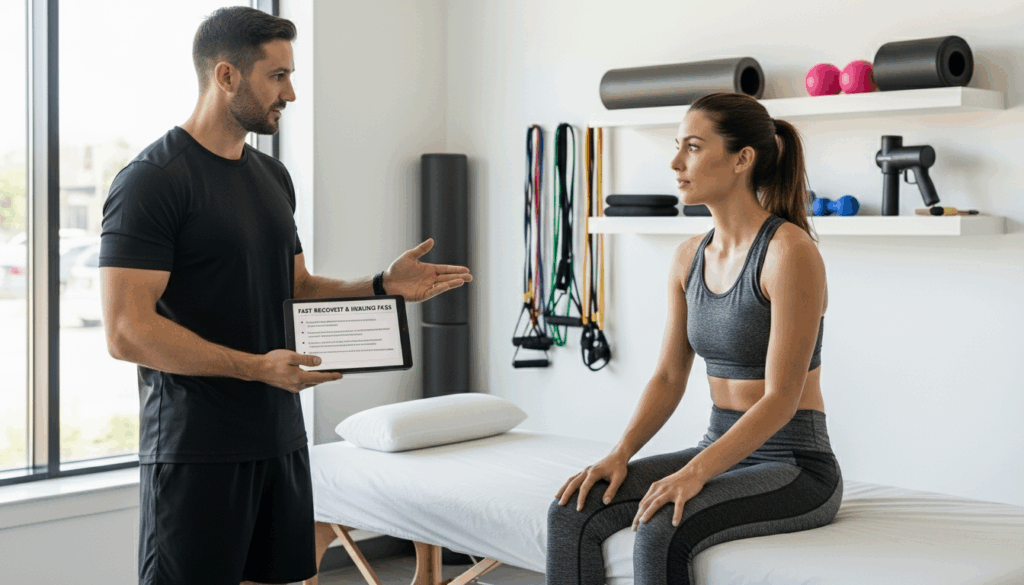
How much should I move if it still hurts a bit?
Keep it under a 3/10 pain, short sets, and it should settle within an hour. If not, you did too much. Scale back.
What should I eat to heal faster without fancy supplements?
Protein every meal, colorful plants, olive oil, and enough carbs to sleep well. Think eggs, yogurt, chicken, rice, berries.
Is ice or heat better?
Heat before gentle movement to loosen things up. Ice after if there’s swelling or it feels angry. Simple.
How many days until I can work out again?
Start with easy movement within 24–48 hours. Add light strength when pain is steady or dropping and swelling isn’t growing.
Do I need to see a doctor or PT for this?
If you have red flags (numbness, fever, big swelling, chest pain), yes. Otherwise, try the 48-hour plan and reassess.
Alright, I’m going to refill my water and pretend I like stretching. You do the same, minus the pretending. And if you’re still reading, you probably care enough to get better fast—so that’s half the job done already.

I’m Daniel Moore, and I live for the thrill of the game. Get energetic live commentary, detailed match analysis, data-backed betting predictions, and official team rankings right here.
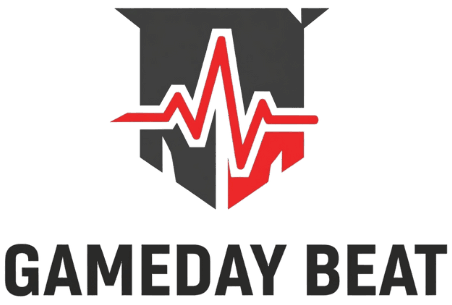
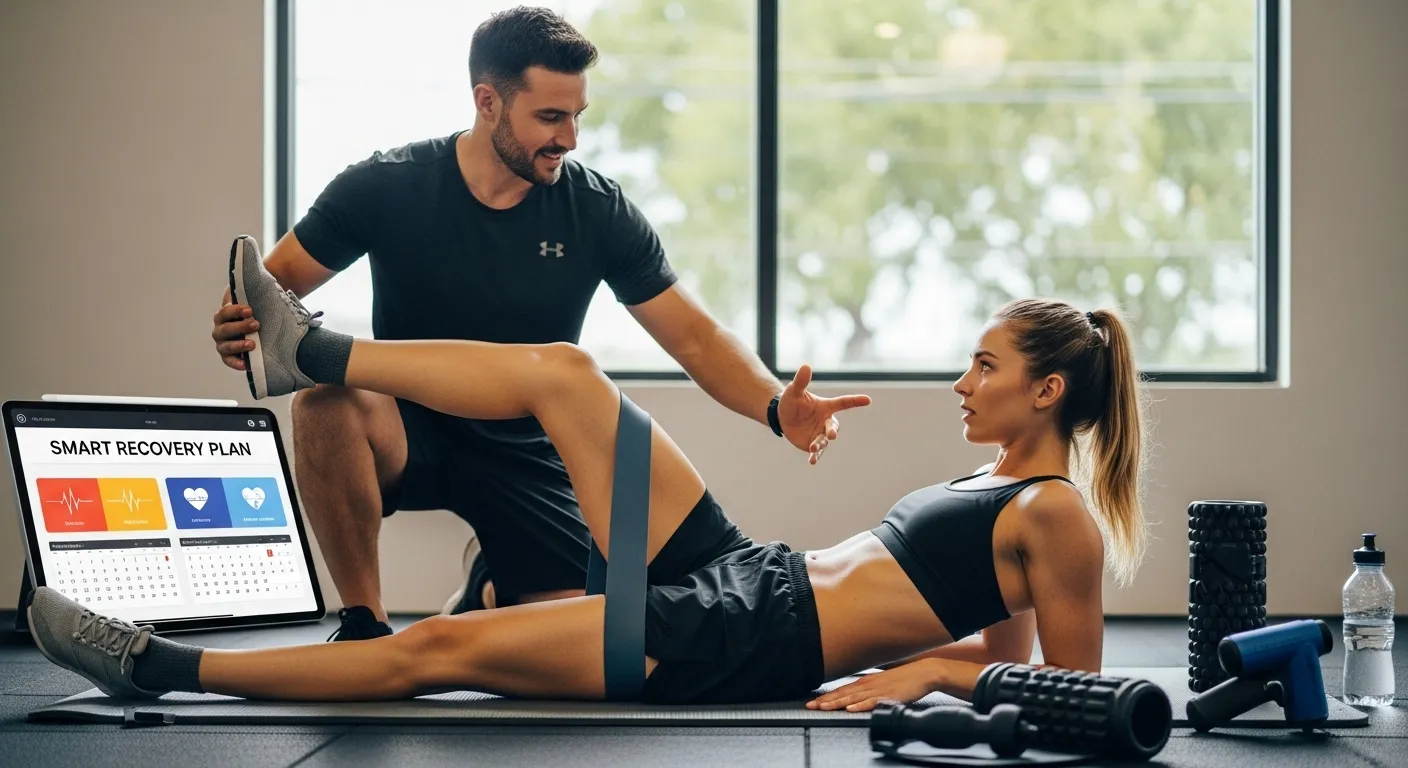

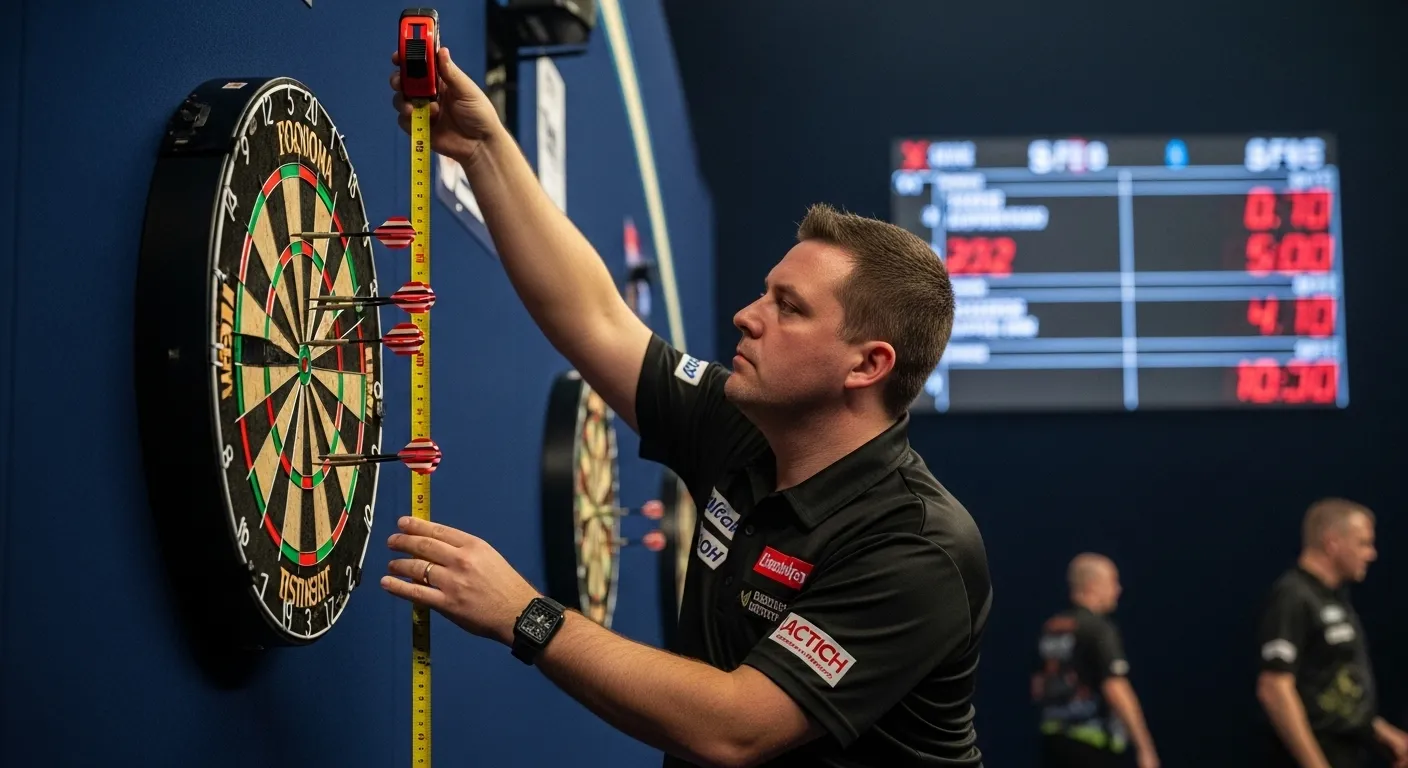
How do you balance rest and movement for a speedy recovery?